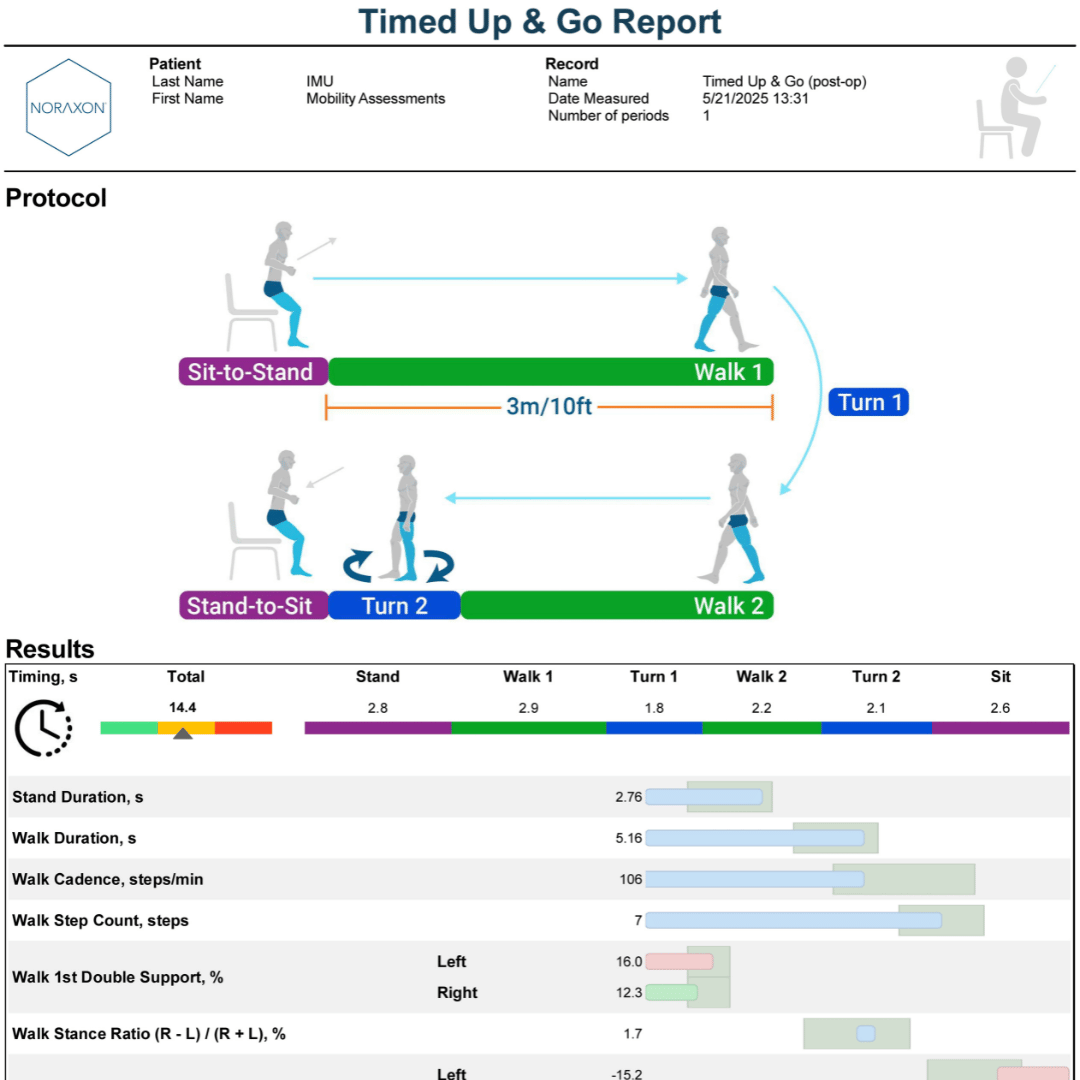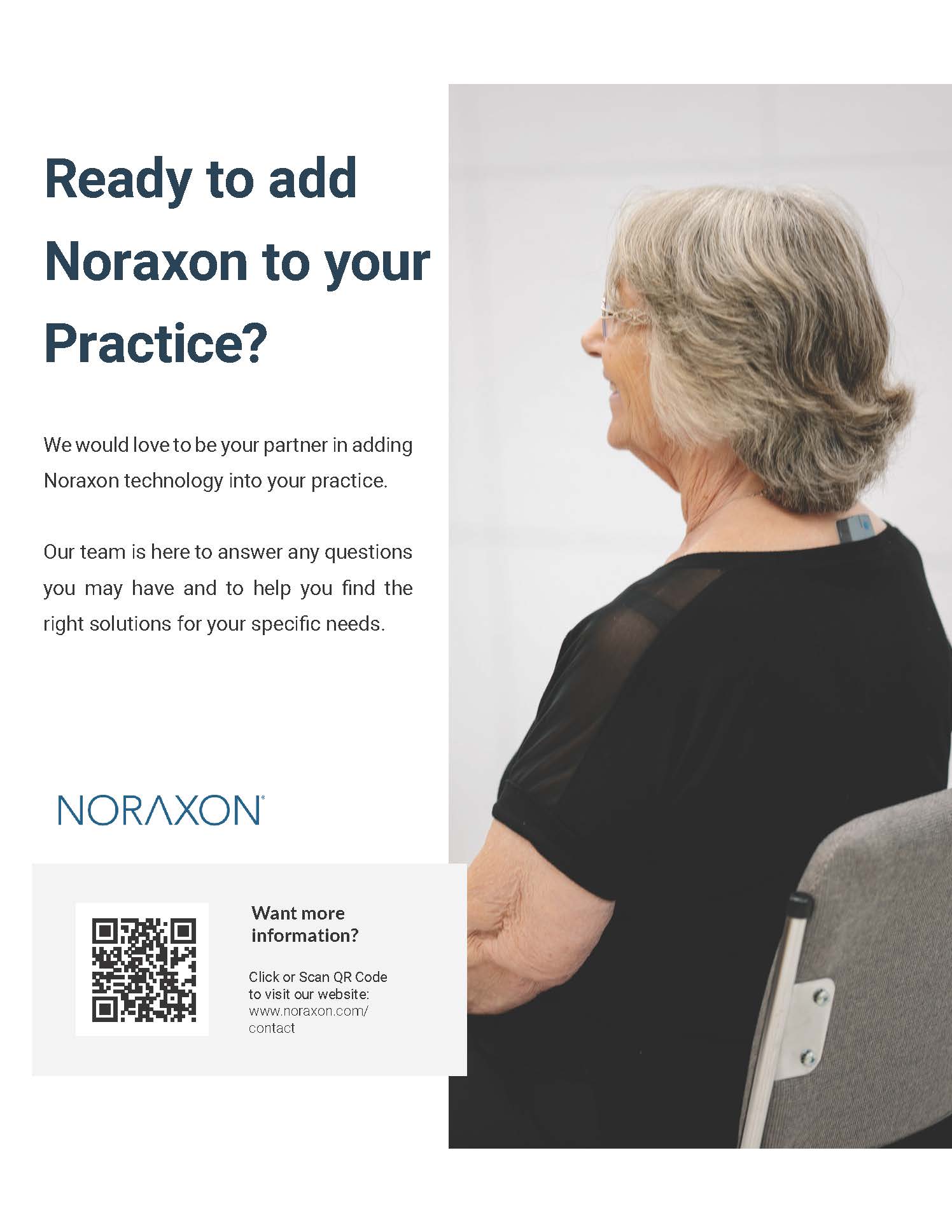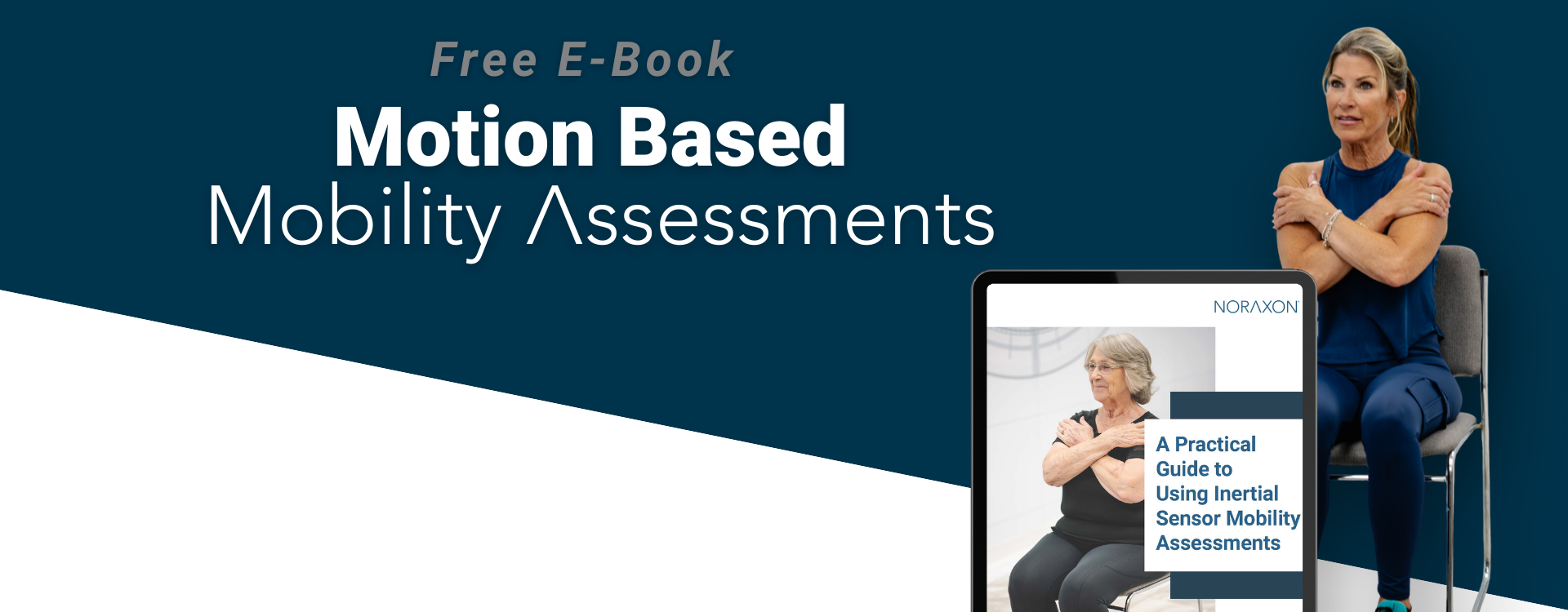
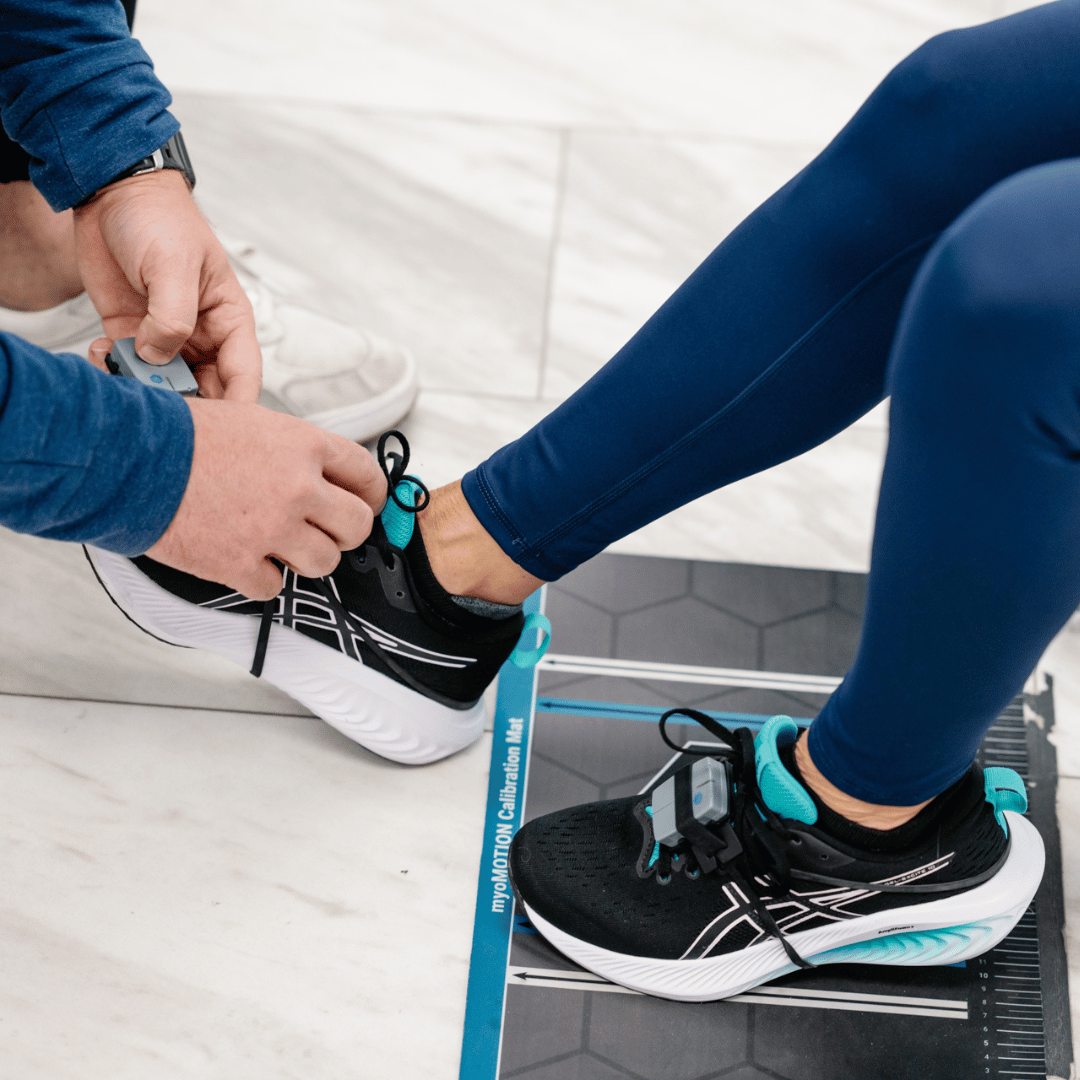
Mobility: A Key to Health,
Performance, and Independence
Mobility is a core indicator of health, independence, and quality of life. Whether you’re working in a clinical setting, a sports performance facility, a research lab, or a long-term care environment, understanding how an individual moves—and how that movement changes over time—is critical for making informed decisions.
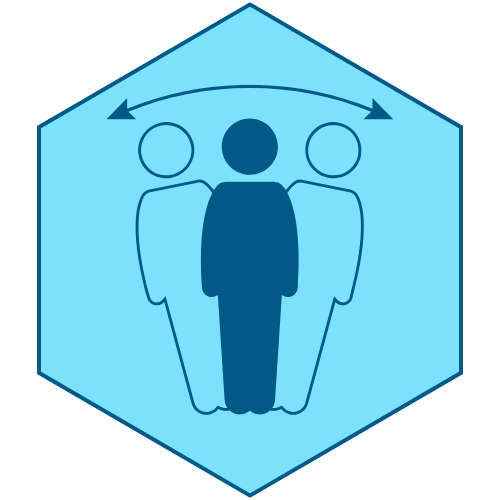
Postural Sway
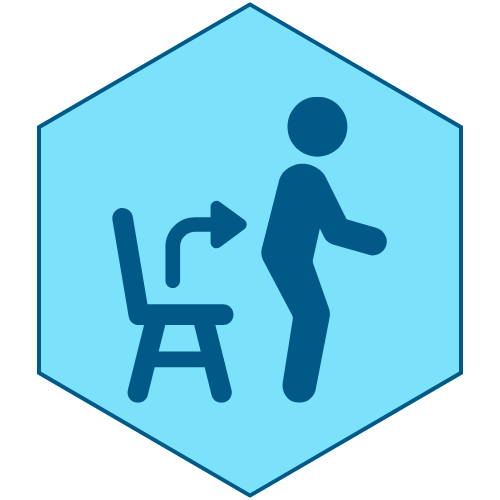
Sit-to-Stand
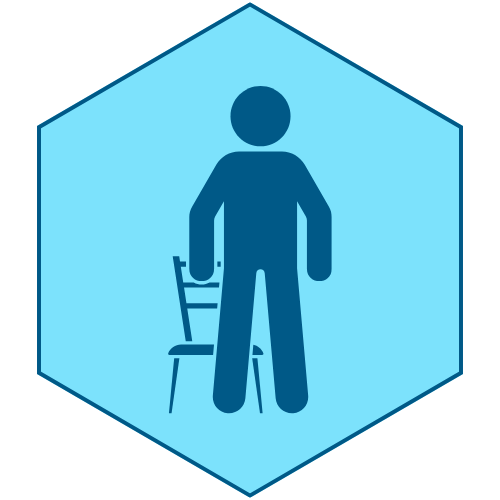
Timed Up and Go (TUG)
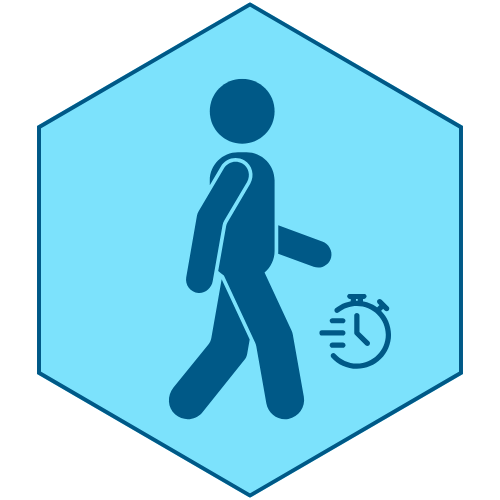
Timed Walk
Data-Driven Mobility
Assessments with IMUs
IMUs bring objectivity and precision to common mobility tests like the 30-Second Chair Stand, TUG, and 10-Meter Walk. Beyond simple timing, they capture detailed metrics such as acceleration, gait speed, turn velocity, stride length, and asymmetry indices. These insights reveal subtle deficits often missed by observation, establish clear baselines, and track progress over time. Each test generates reports that support clinical decision-making, guide tailored interventions, and strengthen documentation for insurers and referring providers.
